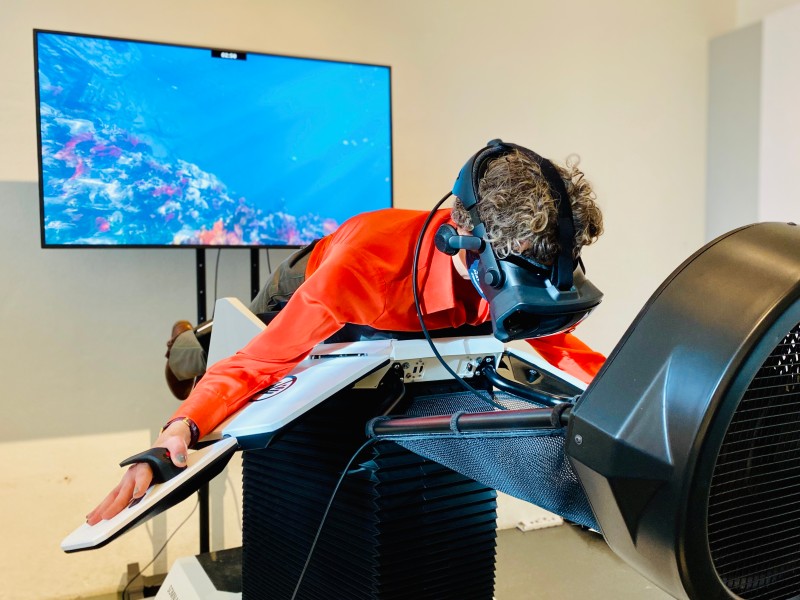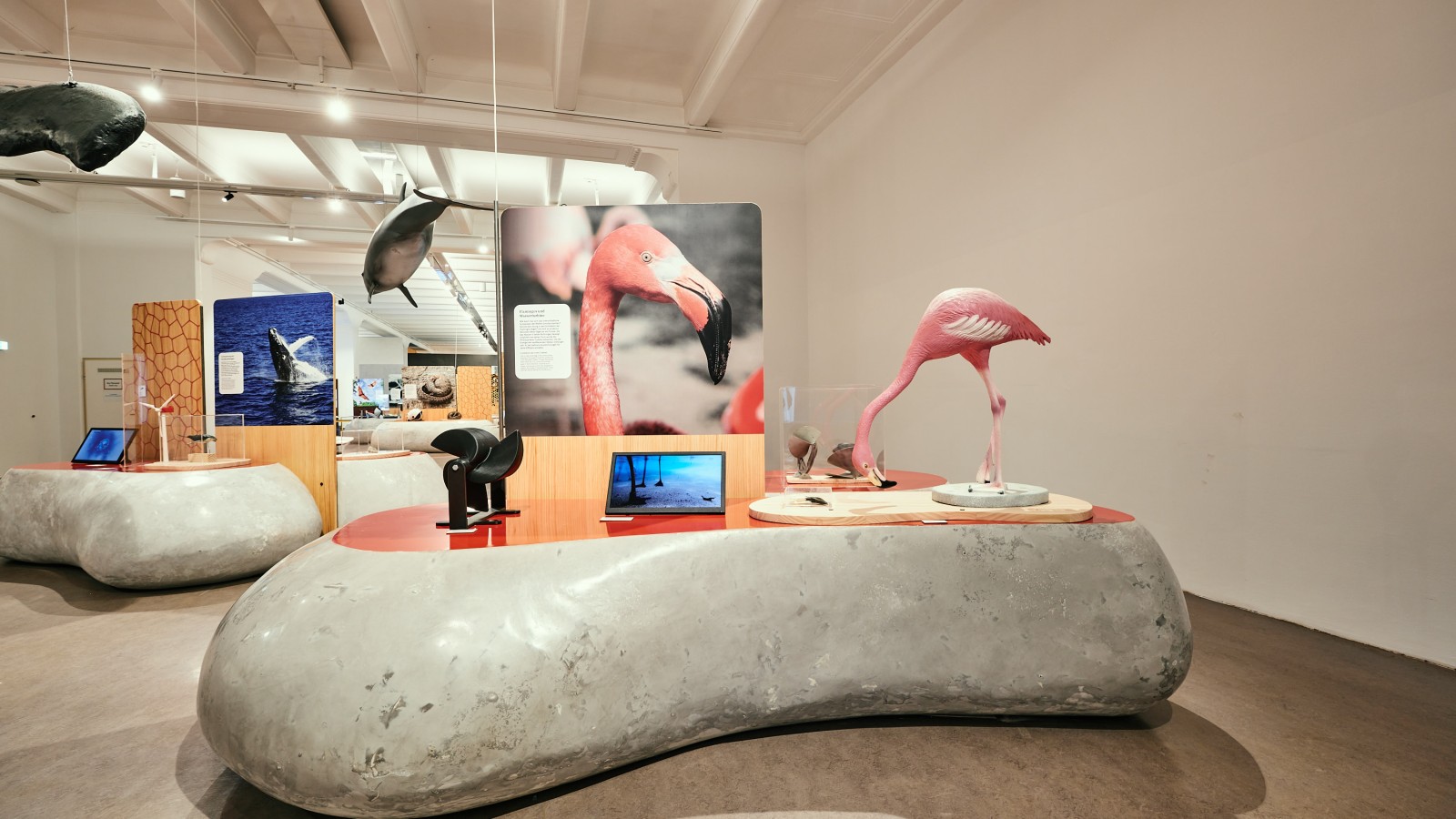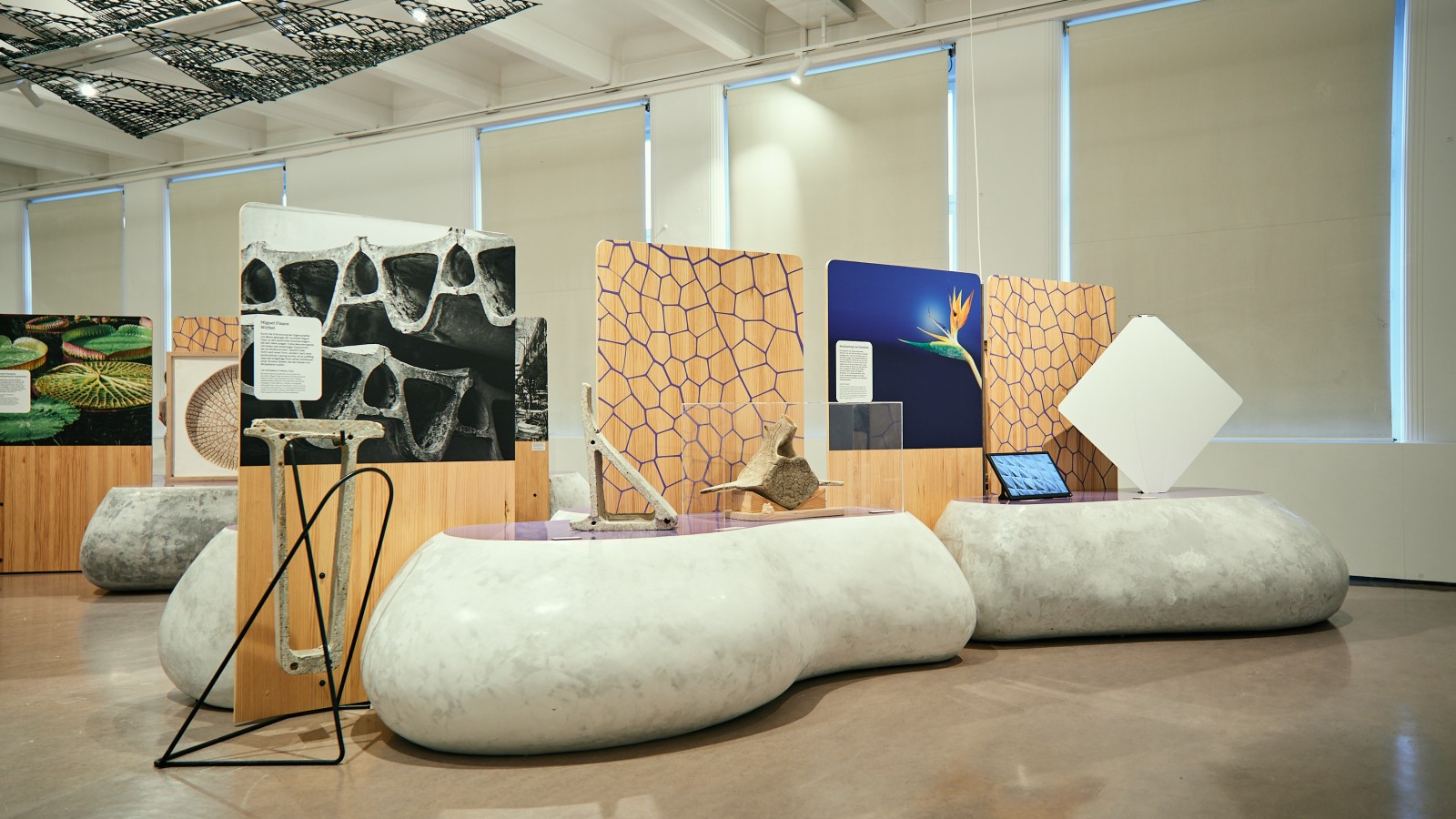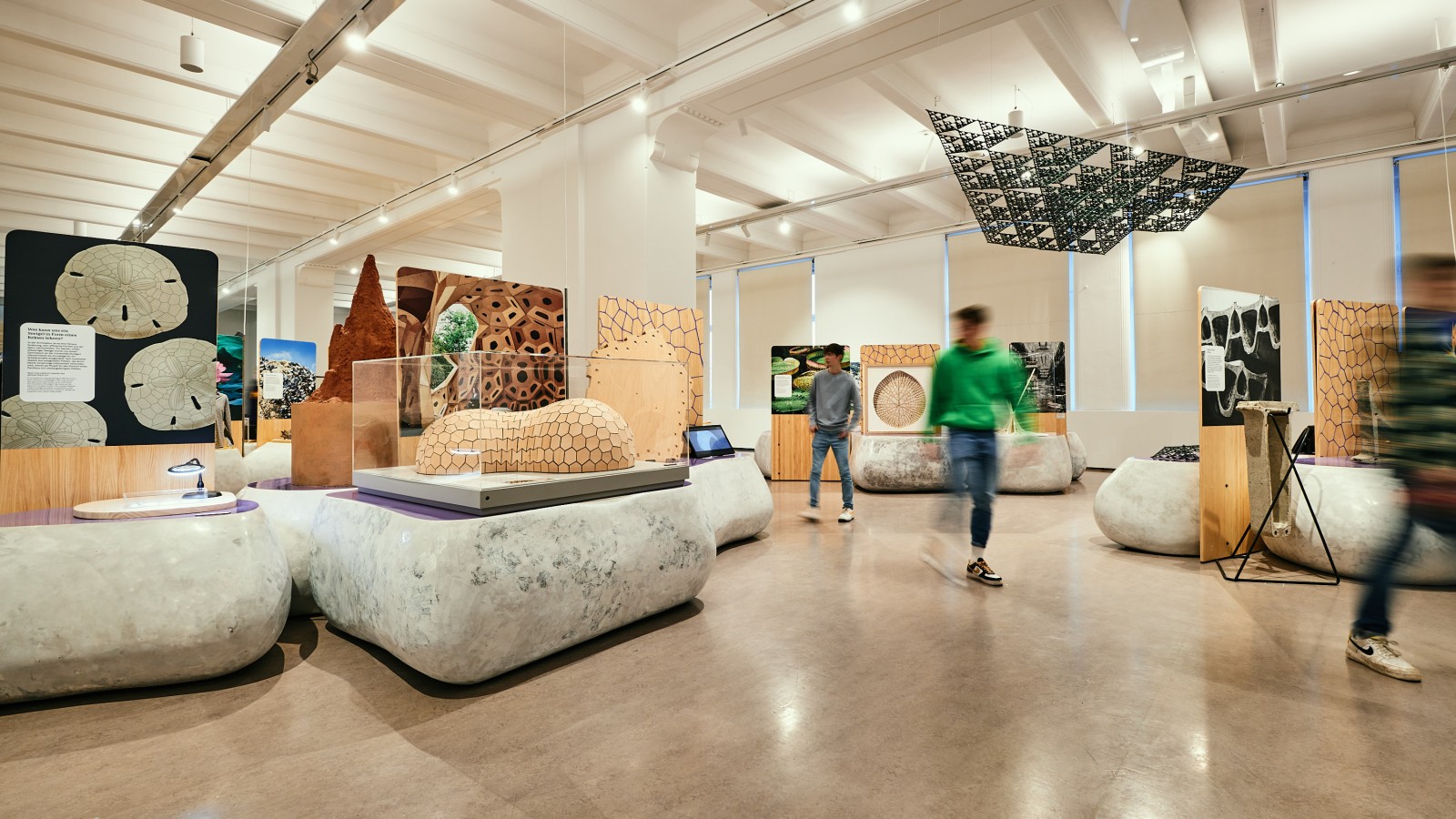It is widely known that swim fins are modelled on the webbings of frogs or waterbirds and that the flying patterns of birds already served Leonardo da Vinci as a source of inspiration for designing flying machines. It might be less well known that the architecture of the Eiffel Tower is inspired by thigh bones or that Japanese high-speed trains imitate the aerodynamic shape of the kingfisher’s beak.
Nature’s inventiveness seems to be limitless and the solutions developed have been tested and perfected by trial and error and by natural selection. The research field of “biomimicry” – as a combination of biology and technology – makes use of nature’s ingenuity to translate natural structures and mechanisms into technical innovations. The still-young science of biomimicry will play an even more important role in the future, because it places a focus on both functionality and sustainability by using technology in a resource-efficient and environmentally sound manner.
Boasting more than 200 exhibits, media installations and interactive stations, the “BioInspiration” exhibition took visitors on an amazing journey through the various applications of biomimicry – from antiquity to present research. They could marvel at examples from architecture, medicine, transportation, engineering, robotics, energy, urban planning, materials science, sports or space exploration that transfer approaches, methods or entire systems from nature into technology.
#Alliance4Science
To promote international exchange and sustainable museum work, this exhibition is part of a European collaboration between the Technisches Museum Wien (Vienna Museum of Science and Technology), the DASA Dortmund and the Parque de las Ciencias in Granada. The collaboration is focused on innovation and sustainability. Starting from autumn 2023, “BioInspiration” by the Parque de las Ciencias will move on to Germany before ultimately returning to Spain. As part of the collaboration, the Technisches Museum Wien will be hosting DASA’s partner exhibition on artificial intelligence from autumn 2023, while the Vienna exhibition “FOODPRINTS” will be travelling through Europe.
Current exhibitions
Nature’s inventiveness seems to be limitless and the solutions developed have been tested and perfected by trial and error and by natural selection. The research field of “biomimicry” – as a combination of biology and technology – makes use of nature’s ingenuity to translate natural structures and mechanisms into technical innovations. The still-young science of biomimicry will play an even more important role in the future, because it places a focus on both functionality and sustainability by using technology in a resource-efficient and environmentally sound manner.
Boasting more than 200 exhibits, media installations and interactive stations, the “BioInspiration” exhibition took visitors on an amazing journey through the various applications of biomimicry – from antiquity to present research. They could marvel at examples from architecture, medicine, transportation, engineering, robotics, energy, urban planning, materials science, sports or space exploration that transfer approaches, methods or entire systems from nature into technology.
#Alliance4Science
To promote international exchange and sustainable museum work, this exhibition is part of a European collaboration between the Technisches Museum Wien (Vienna Museum of Science and Technology), the DASA Dortmund and the Parque de las Ciencias in Granada. The collaboration is focused on innovation and sustainability. Starting from autumn 2023, “BioInspiration” by the Parque de las Ciencias will move on to Germany before ultimately returning to Spain. As part of the collaboration, the Technisches Museum Wien will be hosting DASA’s partner exhibition on artificial intelligence from autumn 2023, while the Vienna exhibition “FOODPRINTS” will be travelling through Europe.
Current exhibitions








